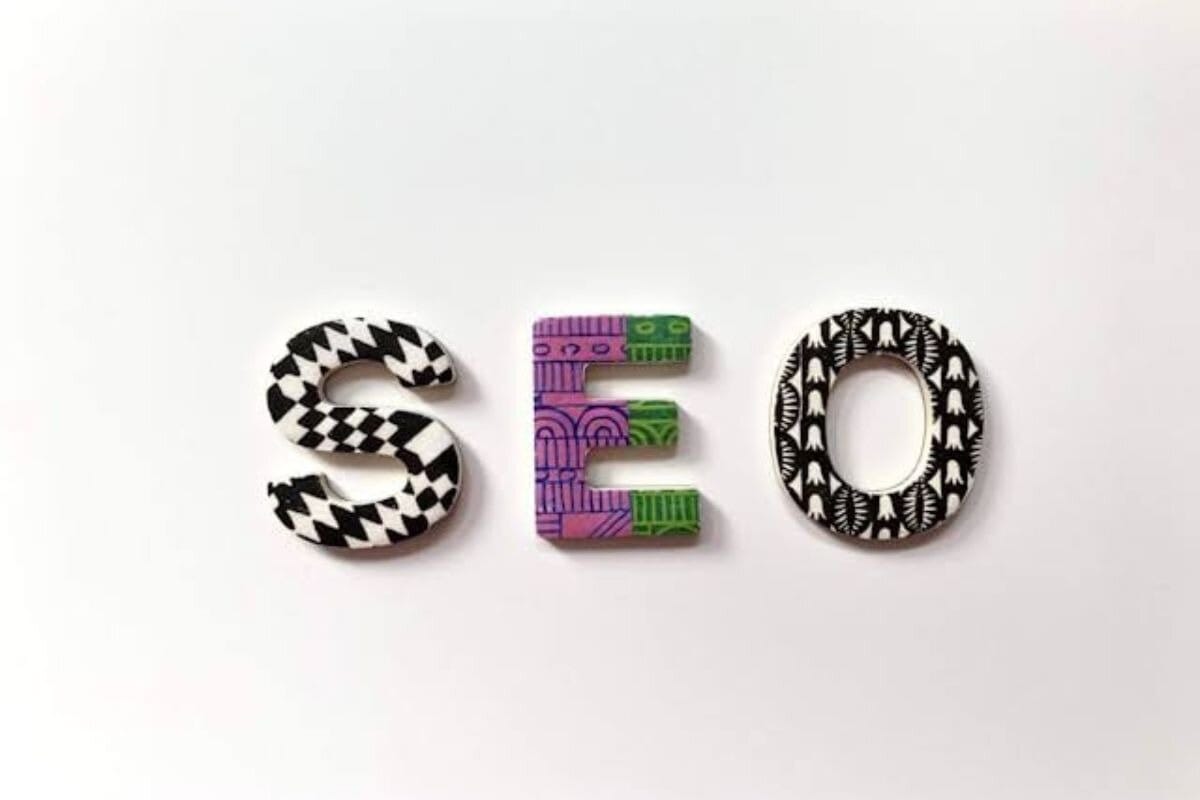The writing community receives constant mentions about SEO optimization and search engine ranking of their articles.
The importance of SEO has grown because of the massive daily release of 7.5 million blog posts among the vast amount of information available.
The statistics make it logical for you to want your blog to appear on Google’s first page since only 0.63% of users explore beyond the initial results.
Your writing needs to be excellent but you also require knowledge of SEO fundamentals to succeed.
The following SEO basics checklist provides essential information for anyone who wants to increase their online visibility and drive website traffic while achieving better search engine rankings.
What Is SEO?
Search engine optimization (SEO) is the process websites use to raise their exposure in natural search results on search engines like Google and others.
SEO is relevant today since people visit the web to get quick information on products, services, or information without having to scroll past several result pages to get the information they need.
Currently, Google owns around 89% of the worldwide search engine market.
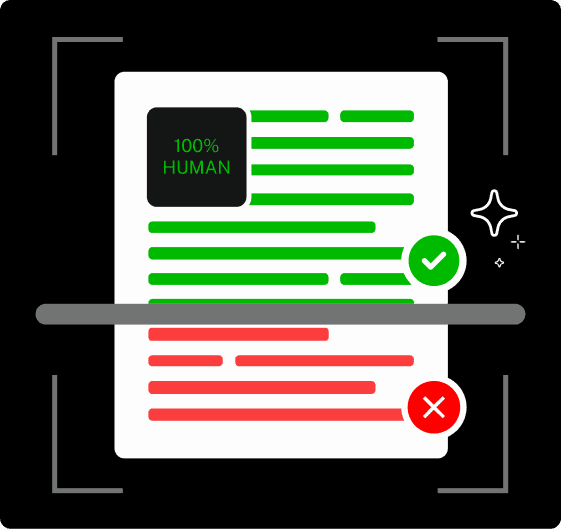

Never Worry About AI Detecting Your Texts Again. Undetectable AI Can Help You:
- Make your AI assisted writing appear human-like.
- Bypass all major AI detection tools with just one click.
- Use AI safely and confidently in school and work.
As a result of this, many focus on getting their content to rank on Google.
Important factors that are central to basics SEO are about you understanding what people are searching for, why they’re searching for it, and how to make your content match those needs better than anyone else.
Beginner blog writers have to understand that great writing isn’t enough.
SEO is about catering to three primary audiences:
- Search engines themselves (like Google, Bing, or DuckDuckGo).
- The people conducting searches (your potential audience).
- Your website and content.
How Search Engines Work
When you upload your content, blog, or piece online, you expect it to be picked up by search engines and reach your audience.
So, how does this happen?
While things like keywords and hashtags help, search engines have a way they work for your audience to see and use your content.
Search engines function through three primary mechanisms, they include:
Crawling
Crawling is the discovery procedure of the search engine.
The search engines run bots or automated programs known as crawlers or spiders.
These crawlers search to discover fresh sites, updates, or changes by methodically traversing the internet around the clock from link to link.
Your site is invisible to them if it is not crawlable—that is, if links are broken, pages are blocked, or structure is poor.
The crawler notes changes in both current and new pages as it moves. It compiles this material and delivers it back to the servers of the search engine.
Indexing
Once material is identified via crawling, the indexing process starts.
Arranging and storing the data provided back to the search engine’s computers falls to this index.
Search engines here look at the content of every URL and index its several elements—text, images, videos, etc.
Additionally, should your material be useful and unique, this searchable index will include it; otherwise, it may not.
Unfortunately, search results will not show pages excluded from indexing.
Ranking
Your content ranks on the results page when a user enters a query into a search engine.
The search engine crawls its index to arrange the results and provide those most pertinent to the query.
Consequently, anytime a user searches Google with a query like “best vegan recipes,” the Google algorithm looks at the index for the most relevant information.
It then ranks the pages based on hundreds of factors like how well the content matches the query (relevance) and how trustworthy and authoritative the site is (authority).
Google and other search engines aim to provide the best, most accurate, and most helpful answer at the top of the page, which is the first page.
It uses over 200 factors, and the process keeps evolving.
Any page that appears on the first page of Google and other search engines is there because it offers the best and most useful response available.
With over 200 factors to consider, Google’s ranking system has proven to be quite rigorous for SEO standards.
What’s Actually Happening When I Search?

When you search, the process begins the moment you start typing.
Search engines implement an autocomplete feature, which begins predicting what you’re looking for based on popular searches, your search history, and trending topics.
From there, the following actions begin.
- The Search Engine Doesn’t Conduct Live Internet Searches: This surprises a lot of people. However, it shouldn’t as when you hit search, Google isn’t running off to scan the entire web in real time. Instead, it checks its pre-built index filled with snapshots of every webpage its bots have already crawled.
- The Search Engine Tries To Understand Your Question: The engine’s algorithms try to figure out what you mean, not just by matching words. Perhaps you type “apple benefits,” and it knows you’re probably asking about the fruit, not the tech company, unless your recent searches were all about iPhones.
- It Pulls Results From The Index: Now, based on what it thinks you mean, the engine sifts through billions of pages in its index and finds what it thinks are the best matches.
- It Ranks The Results: This is where SEO shines through. The search engine applies its ranking algorithms, considering factors like keyword relevance, website authority and trustworthiness, user experience, freshness (up-to-date content) and content depth.
- You see a search engine results page (SERP): Anyone who has searched on Google usually sees
- Ads (sponsored ones related to your search)
- Featured snippets (those quick answers at the top)
- Organic results (the real SEO battlefield)
- And related searches
On-Page SEO Fundamentals
The SEO has three core parts, and the on-page SEO is the foremost of them all.
This SEO is all about attracting Google’s crawlers and algorithms to pick up your content as relevant.
With the right on-page SEO placement, you essentially boost your website’s visibility, readability, and rankability.
The following are the fundamentals involved.
Title Tags and Meta Descriptions
Title tags are the first thing people see on the search results page when they search for something.
They have to be short and tell both users and Google what the page is about, just like a news headline.
On the other hand, meta descriptions are the blurbs underneath the titles on the search page that further explain the title tag (usually around 150-160 characters).
The descriptions are not a direct ranking factor, but a great meta description can boost your click-through rate (CTR) impressively.
URL Structure
The crawlers are particular about links. So, a bad URL structure could affect your content’s visibility.
A clean URL structure is short, keyword-rich and descriptive with no weird numbers or random letters.
Hence, a bad URL could turn off the search engines and users, thinking it’s a spam site. For example:
- Good URL: www.blogsite.com/seo-basics
- Bad URL: www.blogsite.com/page?id=12948abc23
Header Tags
Headers help create a hierarchy on your page, based on the logical flow of information, organization, and formatting of your content.
This then helps both readers and search engines understand your content structure.
Generally, the header tags are:
- H1 = Page title
- H2s = Main sections
- H3s = Subsections under H2s.
In addition to that, headers also give you opportunities to naturally include keywords and create an outline for your content.
Internal Links
Internal links are linked URLs that connect different pages within your website.
These links help boost your other content, link relevant and helpful content to readers, and distribute authority across your page.
So, users stay longer on your site leading to a lower bounce rate.
Image Optimization
Optimized images can help you big time when done right. For any image you add to your content, ensure it has an alt text and it loads fast.
The alt text is a short description that helps Google understand what’s in the picture and will boost your site’s accessibility, thereby creating a better user experience.
Mobile Optimization
Every day, people search for things from their mobile devices, smartwatches, and tablets.
Moreover, as of 2024, Statista found that more than 60% of Google searches come from mobile devices.
This means that if your site looks janky on a phone, you’re basically ghosting your audience, and your page won’t rank.
A properly optimized site will have a responsive design, load fast, and have easy-to-read text without zooming in.
Now, if all this looks overwhelming to you, or you’re new to this, just finding out about the basics of SEO, then you need to use our AI SEO Writer.
With this tool, you can bypass the stress and create keyword-packed articles that’ll do well on search engines.
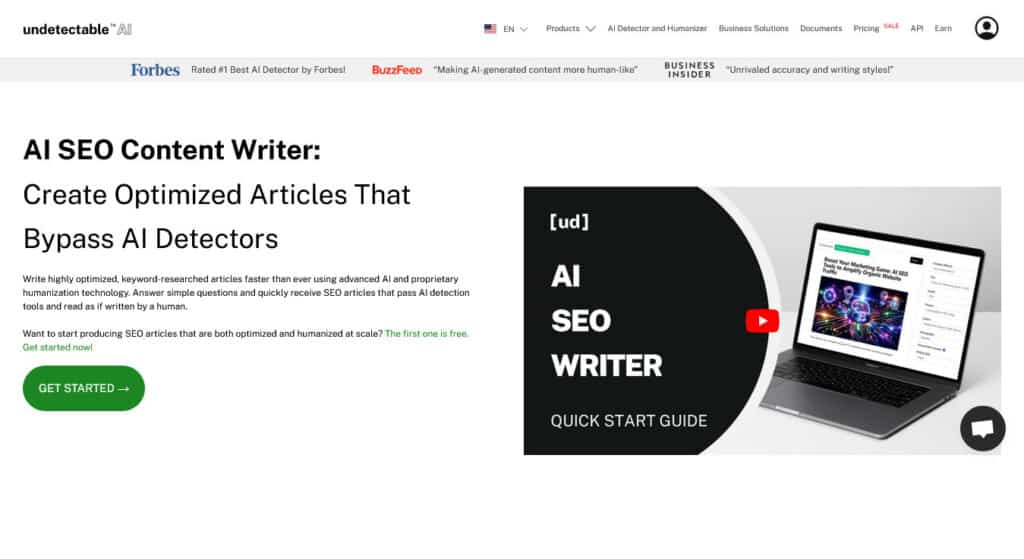
More so, for your content not to get flagged, use our plagiarism checker to ensure your content is original.
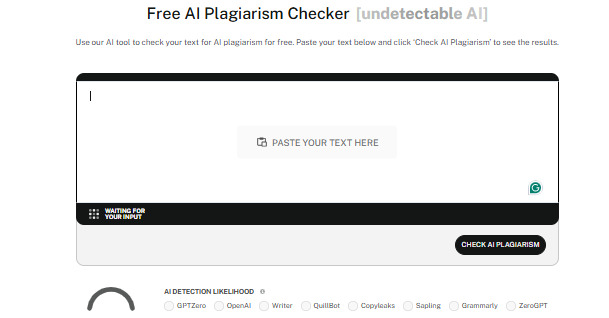
Off-Page SEO Basics
While there are SEO basics to be done on the page, there are also off-page ones to do, so your content performs better.
This is the second key SEO aspect. Off-page SEO is about how the broader internet perceives, trusts, and interacts with your content.
All this entails is you building authority beyond your website.
To build this authority, you need backlinks.
Backlinks remain the foundation of off-page SEO as this lends credibility to your site.
Hence, when reputable websites link to you, search engines interpret these links as votes of confidence in your information.
You must know that one backlink from Forbes is worth more than 50 from random blogs.
Also, exposure helps your off-page SEO. You can do this through brand mentions and social signals.
Although these may not directly boost your site’s rankings, they prop up your credibility in the long run towards the search engine’s indexing.
Technical SEO Essentials
Technical SEO is the third basics of SEO you must focus on.
This feature concentrates on maximizing the infrastructure of your website so that the search engines can effectively access, crawl, interpret, and index your material.
Even the most interesting material may suffer and not rank well in search results without strong technical SEO. Key essentials include:
- Fast site speed loading.
- Mobile-friendliness.
- HTTPS factor. So, if your site still shows “Not Secure,” or just has an HTTP tag, fix that quickly.
- An XML sitemap so the search engines understand your site’s structure.
- Robots.txt file that informs the search engines what not to crawl.
- Fixing broken links.
Keyword Research for Beginners
Before you begin writing your content, the first thing you should do is keyword research. This research will provide you with relevant and trending keywords that users are searching for.
The research process begins by developing a broad list of potential keywords related to your business, products, or content.
You have to start with brainstorming terms you believe your audience might use, or use popular keyword research tools to fast track things.
The downside is that these SEO tools tend to be expensive and locked behind a paywall.
The best alternative is for you to use the Undetectable AI Chat to generate keyword clusters and fine-tune your blog topic ideas.
With the AI Chat, you would have completed 10% of the SEO basics you need to get done.
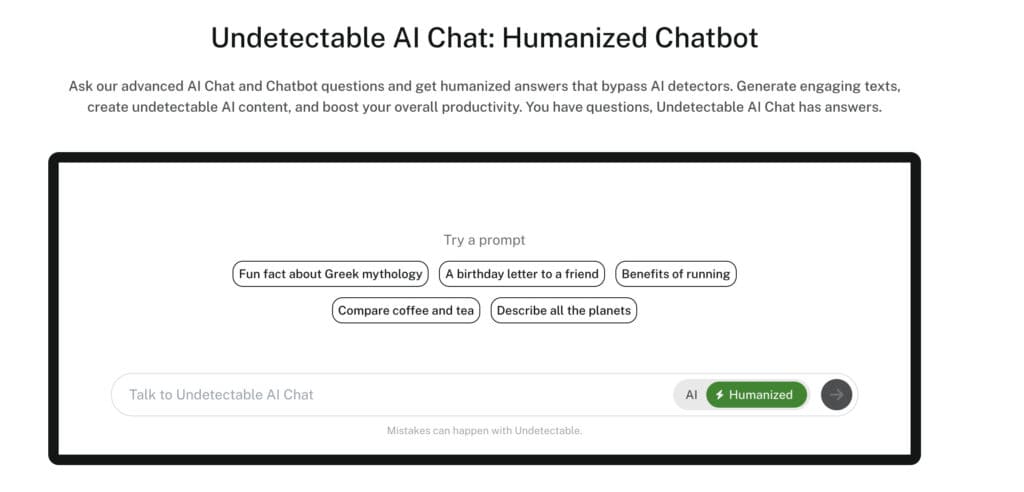
Explore our AI Detector and Humanizer effortlessly in the widget below!
SEO-Friendly Formatting & Readability
Although search engines have become increasingly sophisticated in understanding content, they still rely on various good formatting to comprehend the organization, hierarchy, and key points of your material.
Simultaneously, this influences whether readers will engage with your page or return to the search results.
So, to keep readers and the search engines happy, you should use:
- Short and clear paragraphs.
- H2s and H3s to break up content.
- Bullet points and numbered lists to highlight key points and break visual monotony.
Measuring SEO Success
Once you’ve done all you can with the SEO basics checklist, you then have to measure your SEO Success.
You can measure your content’s SEO with some PrePost SEO tools before you post it.
However, the real SEO success is when your blog post begins to climb the ranks on the search engine’s results page.
You can do the following to measure your SEO success:
- Use Google Analytics to see how many people find you via search.
- Using keyword rankings tools to know where you rank.
- Measure your content’s click-through rate (CTR).
- Check the bounce rate and time on the page.
- Then, check your backlinks growth.
All these hint at how engaging your content is and how your content’s SEO is performing.
Final Thoughts: Build a Strong SEO Foundation
For you to have well-performing content on Google or any other search engine, you need to hammer down on the SEO basics.
Together with a strong SEO foundation and the three core SEO aspects, your content and site will be visible and rank higher, bringing in more readers and conversions.
Nevertheless, all these start with a great keyword search and for you to learn SEO basics, applying them where they’re needed.
